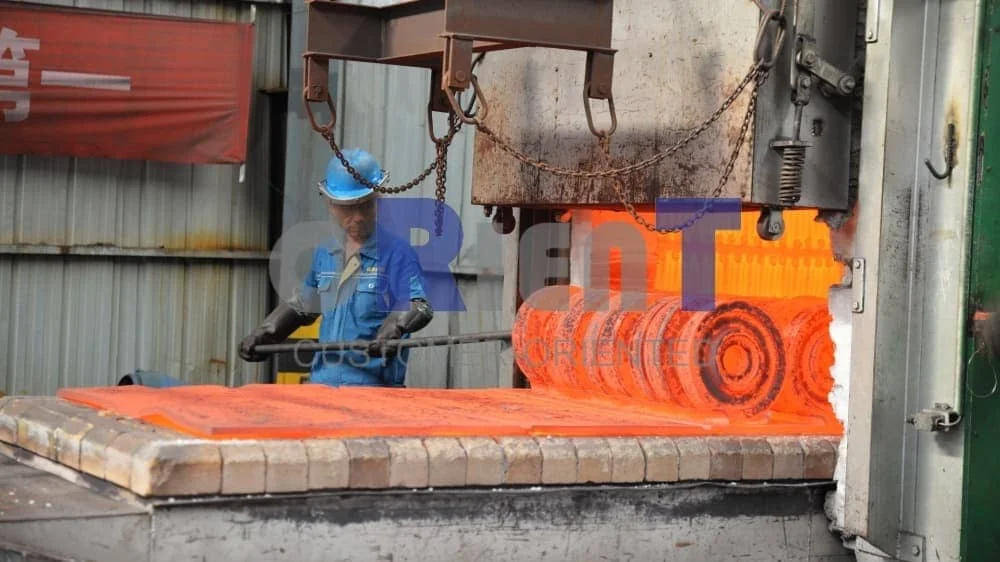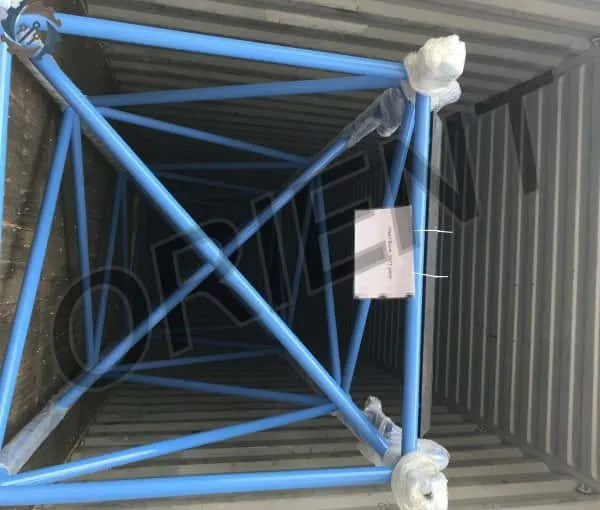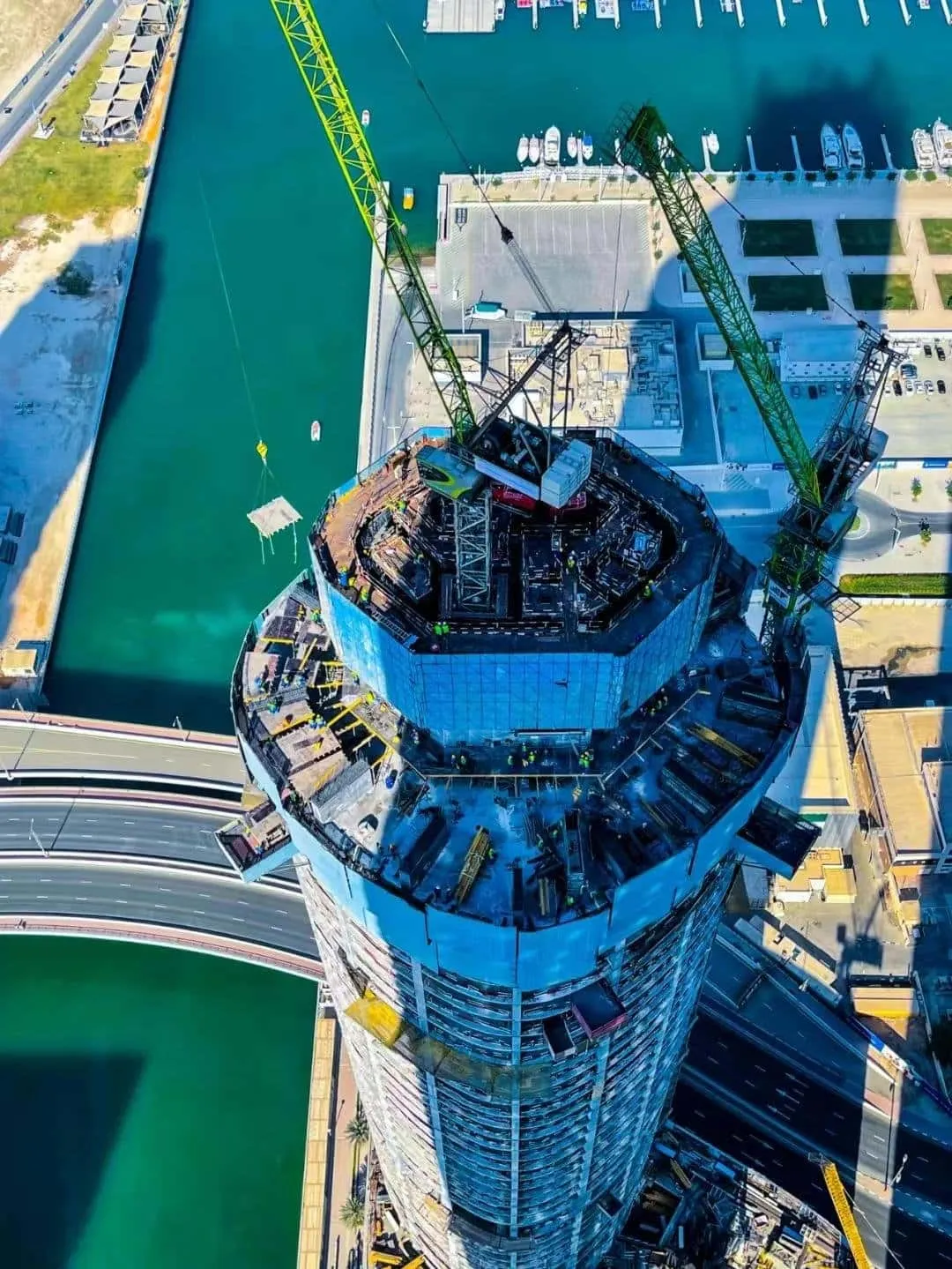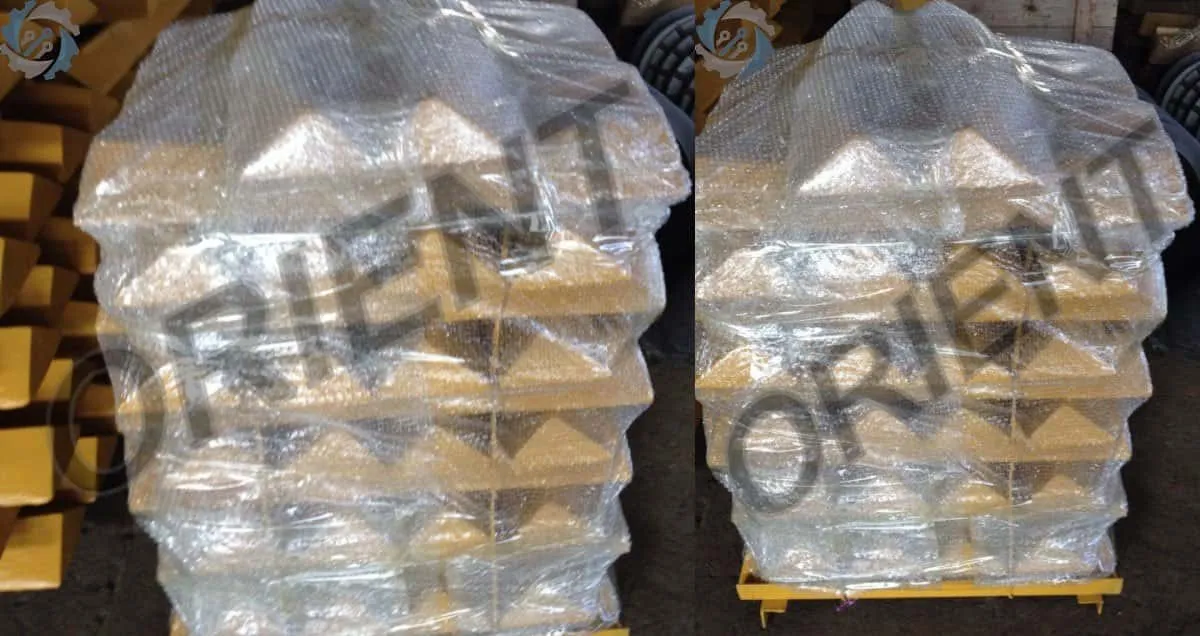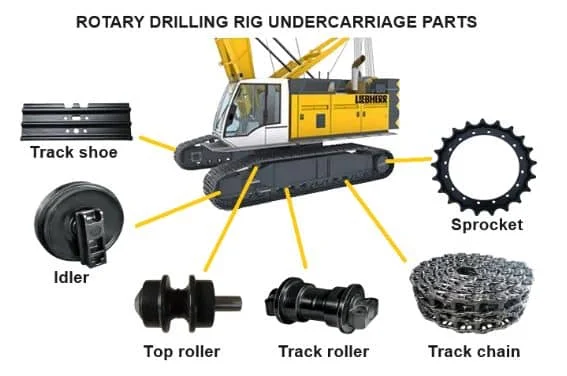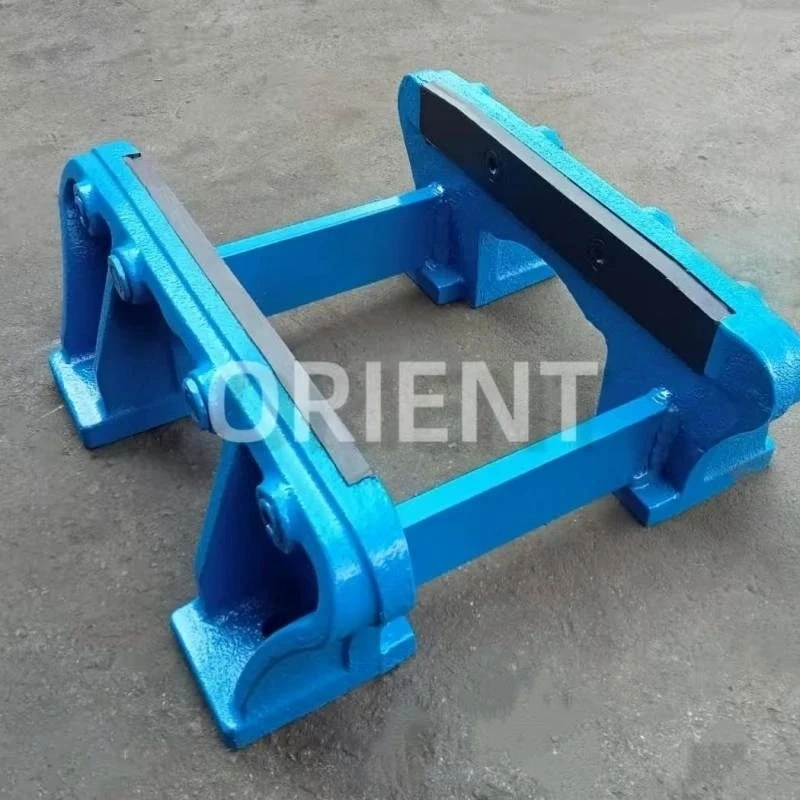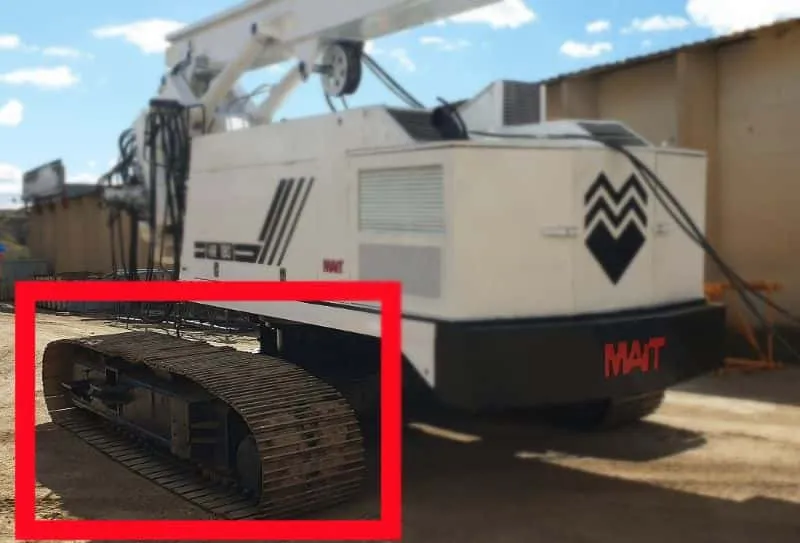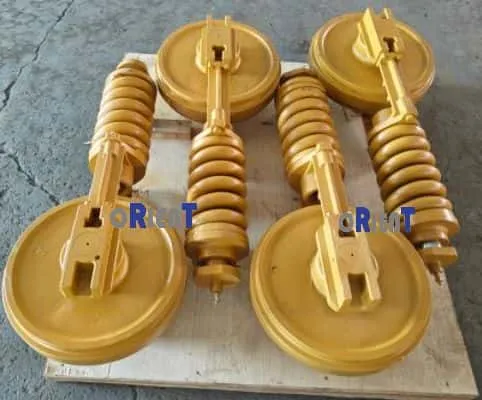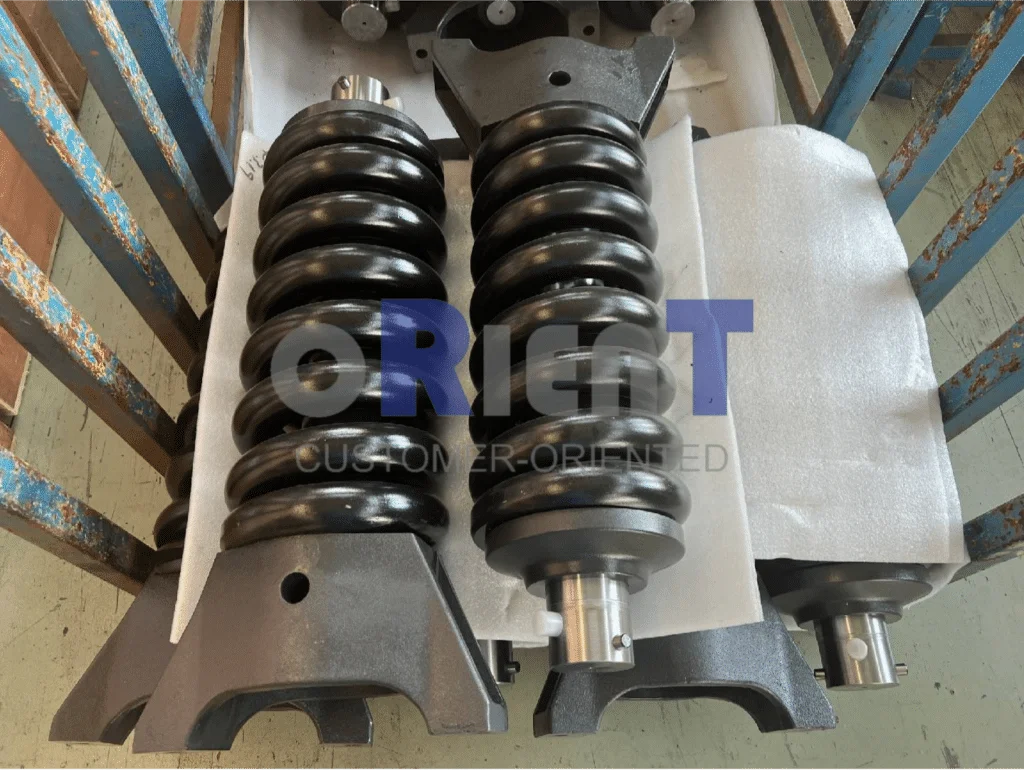How to Maintain a Drilling Rig?
Keeping a drilling rig running well is key for oil and gas work. Good maintenance helps equipment last longer, stops costly breakdowns, and keeps people safe. Here’s how to maintain a drilling rig effectively.
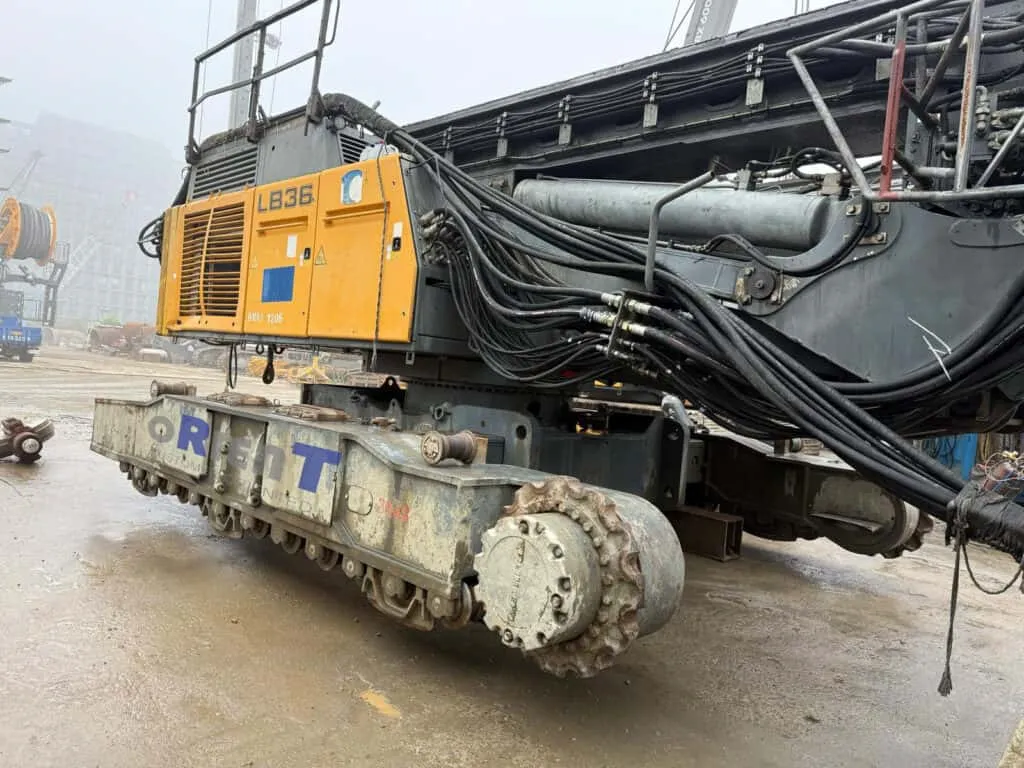
1. Inspect Often: The First Step
Look at all rig parts regularly. Check the drill pipe, drill bit, mud pump, blowout preventer (BOP), and rig floor for wear, leaks, or damage. Write down any problems and tell your manager. Regular checks help you find and fix issues early, avoiding big problems and downtime.
2. Clean Well: Better Performance
A clean rig works better and lasts longer. Remove dirt, mud, oil, and junk from the rig and its parts. Use the right cleaners. Cleaning helps the rig perform well, stops parts from rusting, and makes the work area safer by cutting down slips and keeping things clean.
3. Lubricate Right: Less Wear
Put the right amount and type of grease or oil on moving parts like bearings, gears, and chains. Follow the maker’s instructions. Good lubrication stops rubbing, heat, and wear. This makes parts last longer.
4. Fix Fast: Stop Downtime
Don’t wait to fix problems. Get skilled workers to do repairs quickly, using the correct parts. Fast fixes stop small issues from becoming big ones. This means less time the rig is stopped, better reliability, and a safer place to work.
5. Train Enough: Skilled Workers
Make sure all rig workers are well-trained and know how to do their jobs safely. Give new hires full training, ensure they have certifications, and offer regular refreshers. Trained workers spot dangers, follow rules, and handle emergencies better. This boosts both safety and efficiency.
6. Watch Constantly: Better Output
Always watch the rig’s performance. Use sensors and cameras to check things like drilling speed, pressure, and temperature. Analyze this data. Constant watching helps you find problems early and make smart changes. This means the rig runs better and lasts longer.
What Else to Consider?
Beyond these main steps:
Plan Maintenance: Stick to a schedule for big checks and part changes.
Use Tech: Use tools like vibration or oil analysis to predict when parts need care.
Have Spares: Keep important spare parts ready to quickly fix problems.
Keep Records: Write down all maintenance work. This helps solve issues and meet rules.
Value Safety: Build a culture where everyone feels safe to report problems.
Follow Rules: Make sure all work meets environmental rules.
Always Improve: Review what you do and learn from past events to make maintenance better.
Following these steps helps rig operators make their work safer, more reliable, and more profitable.





